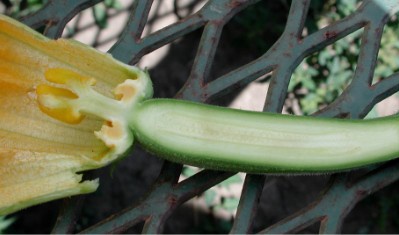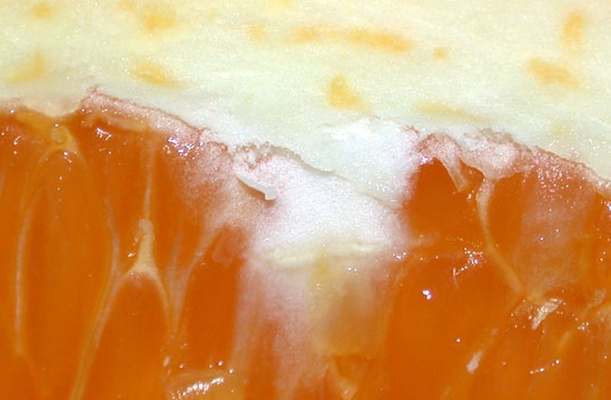Fruit anatomy is the plant anatomy of the internal structure of fruit. Fruits are the mature ovary or ovaries of one or more flowers. They are found in three main anatomical categories: aggregate fruits, multiple fruits, and simple fruits. Aggregate fruits are formed from a single compound flower and contain many ovaries or fruitlets. Examples include raspberries and blackberries. Multiple fruits are formed from the fused ovaries of multiple flowers or inflorescence. Examples include fig, mulberry, and pineapple.
Simple fruits are formed from a single ovary and may contain one or many seeds. They can be either fleshy or dry. In fleshy fruit, during development, the pericarp (ovary wall) and other accessory structures become the fleshy portion of the fruit. The types of fleshy fruits are berries, pomes, and drupes.
In some fruits, the edible portion is not derived from the ovary, but rather from the aril, such as the mangosteen or pomegranate, and the pineapple from which tissues of the flower and stem provide food. The grains of grasses are single-seed simple fruits wherein the pericarp and seed coat are fused into one layer. This type of fruit is called a caryopsis. Examples include cereal grains, such as wheat, barley, oats and rice.


